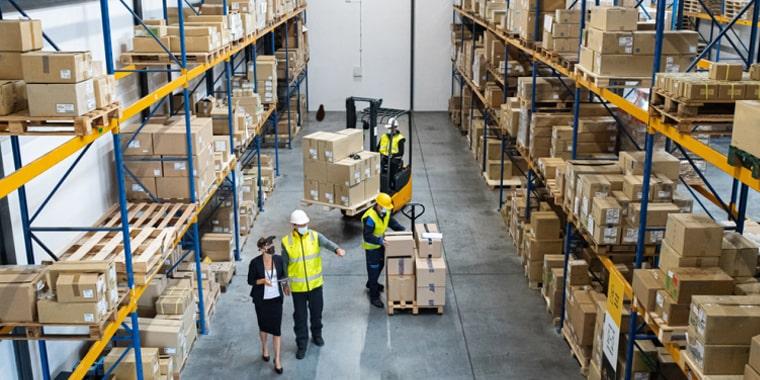Image Source: Google
In the world of supply chain management, efficiency is key. Companies are constantly looking for ways to streamline their processes and reduce costs while improving customer satisfaction. One method that has gained popularity in recent years is cross-docking. This innovative technique involves unloading materials from an incoming truck or rail car and loading them directly onto outbound trucks, with minimal or no storage in between. In this article, we will explore the benefits of cross-docking and how it can help businesses optimize their supply chains.
The Concept of Cross Docking
Cross docking is a logistics strategy where products from suppliers are unloaded from incoming trucks or containers and directly loaded onto outbound trucks, with little to no storage in between. This process eliminates the need for warehousing or long-term storage of inventory, helping companies to reduce handling costs, minimize inventory holding costs, and improve efficiency in their supply chains.
Key features of cross docking include:
- Fast turnaround times
- Minimal to no storage requirements
- Reduced handling costs
- Improved supply chain visibility
Benefits of Cross Docking
1. Reduced Inventory Holding Costs
One of the significant benefits of cross docking is the reduction in inventory holding costs. By minimizing the need for warehousing and storage facilities, companies can cut down on expenses related to inventory storage, maintenance, and management. This not only leads to cost savings but also helps in freeing up working capital that can be invested in other areas of the business.
2. Improved Supply Chain Efficiency
Cross docking helps in streamlining the flow of goods through the supply chain, reducing lead times, and improving overall efficiency. By eliminating unnecessary stops and storage points, companies can accelerate the movement of products from suppliers to customers, leading to faster delivery times and improved customer satisfaction.
3. Lower Transportation Costs
Another key benefit of cross docking is the reduction in transportation costs. By consolidating shipments and optimizing routes, companies can minimize the number of trucks on the road and decrease fuel consumption. This not only helps in reducing carbon footprint but also leads to significant cost savings for businesses in the long run.
Implementing Cross Docking Successfully
1. Efficient Planning and Coordination
Successful implementation of cross docking requires efficient planning and coordination between all parties involved, including suppliers, carriers, and warehouse personnel. Companies need to have robust systems in place to track inventory, manage orders, and schedule shipments effectively to ensure smooth operations.
2. Effective Communication
Clear and timely communication is essential for the success of cross docking operations. Companies need to establish open lines of communication with suppliers, carriers, and other stakeholders to ensure that everyone is on the same page and working towards a common goal. This helps in avoiding delays, errors, and disruptions in the supply chain.
3. Utilization of Technology
Technology plays a vital role in the efficient implementation of cross docking. Companies can leverage advanced software and systems to track inventory in real-time, optimize routes, and automate processes. This not only improves visibility and control over the supply chain but also helps in identifying areas for continuous improvement.
Challenges of Cross Docking
While cross docking offers numerous benefits, it also comes with its set of challenges that companies need to be aware of:
- Requires careful planning and coordination
- Dependent on the timely arrival of inbound shipments
- Increased risk of errors and disruptions
- Requires investment in technology and infrastructure
Despite these challenges, many companies are successfully implementing cross docking practices to optimize their supply chains and gain a competitive edge in the market.
Conclusion
Cross docking is a valuable logistics strategy that can help companies streamline their supply chains, reduce costs, and improve efficiency. By eliminating the need for warehousing and minimizing handling and storage costs, companies can accelerate the flow of goods through the supply chain and enhance customer satisfaction. While there are challenges associated with cross docking, with careful planning, coordination, and utilization of technology, companies can overcome these obstacles and reap the benefits of this innovative approach to logistics.
